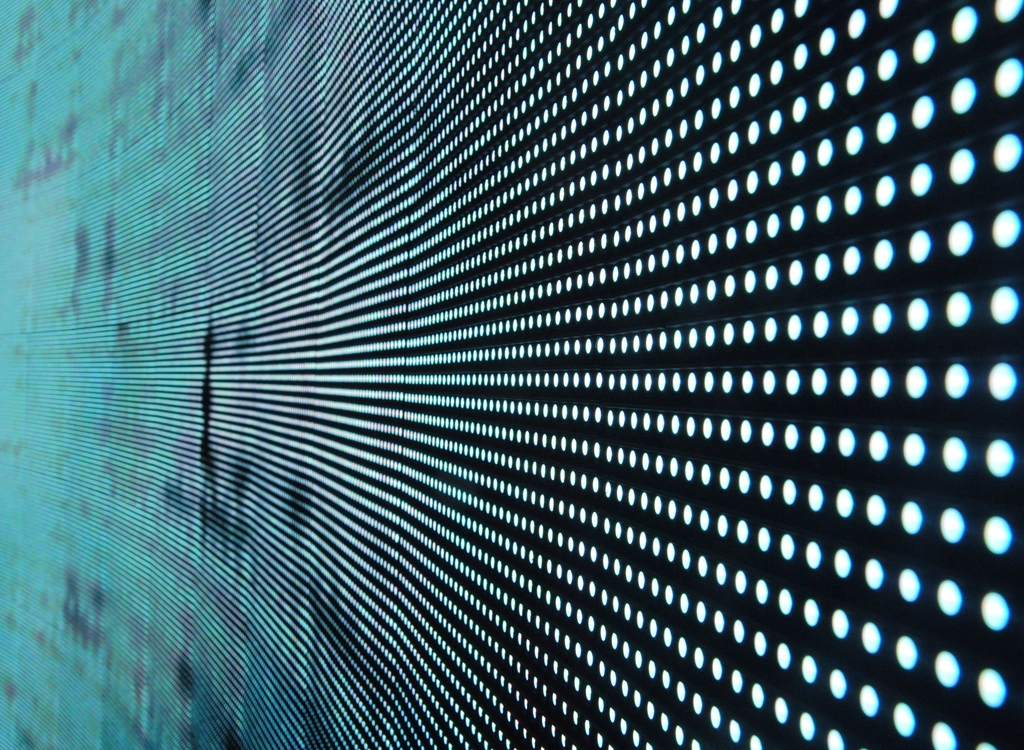How AI, Robotics, and Late Artist Morrisseau are Helping Fight Art Fraud
The art world has long been plagued by the specter of art fraud. With forgeries lurking in galleries and auction houses, the need for reliable authentication methods is more pressing than ever. Enter the cutting-edge integration of artificial intelligence (AI), robotics, and the legacy of the late artist Norval Morrisseau. This legendary figure, with his unique Woodland style, is at the heart of a technological revolution aiming to preserve the integrity of original artworks.
Unveiling Art Fraud: A Persistent Challenge
Art fraud is not just a modern issue; it has haunted artists and collectors for centuries. With an estimated $6 billion circulating in fraudulent art each year, the stakes have never been higher. The traditional methods of art authentication have often relied on the trained eyes of experts. Yet, with the advent of sophisticated forgeries, the human eye alone can no longer be the sole arbiter of authenticity.
The Morrisseau Legacy
Norval Morrisseau, a trailblazing Indigenous Canadian artist, left behind a rich tapestry of work that has captured the imagination of art enthusiasts worldwide. His vivid, symbolic style has not only inspired artists but has also become a target for counterfeiters. In recent years, a flood of fake Morrisseau pieces saturated the market, sparking a demand for more reliable authentication methods.
AI and Robotics: A New Frontier in Art Authentication
The Role of AI
AI’s capabilities have expanded dramatically, offering unprecedented opportunities to combat art fraud. By analyzing high-resolution images, AI systems can detect subtle differences in brushwork, color palette, and texture—elements that are often imperceptible to the human eye.
- Machine Learning Models**: These models are trained on datasets of authenticated artworks, allowing them to identify anomalies and patterns characteristic of forgeries.
Neural Networks**: Leveraging deep learning, neural networks can mimic the human brain’s ability to recognize complex visual cues, making them ideal for comparing nuanced artistic elements.
Robotics in Action
Robots equipped with advanced sensors and imaging technologies are now being deployed to assist in the authentication process. These robots can:
- Scan Artworks**: Utilizing hyperspectral imaging, robots can capture a wide spectrum of light, revealing underdrawings and alterations that are invisible under normal lighting conditions.
- 3D Mapping**: By generating a three-dimensional map of a painting’s surface, robots can detect inconsistencies in texture and relief that may indicate forgery.
Case Study: Morrisseau and Modern Tech
In a groundbreaking initiative, a consortium of tech firms and art historians collaborated to develop a specialized AI system trained specifically on Morrisseau’s works. This system has successfully authenticated numerous paintings, distinguishing genuine pieces from imitations with a 98% accuracy rate.
Success Story
One notable success involved the authentication of a previously disputed Morrisseau painting. The AI system, paired with robotic scanning, confirmed the artwork’s authenticity by matching its stylistic and material attributes with Morrisseau’s known oeuvre. This victory not only validated the technology but also bolstered confidence among collectors and investors.
See Also: How to Use AI in your business!
The Future of Art Authentication
The integration of AI and robotics in art authentication is just the beginning. Future advancements are set to further refine these technologies, making them indispensable tools for galleries, museums, and private collectors.
Ethical Considerations
While technology offers immense potential, it also raises ethical questions. The art world must navigate issues of data privacy, the potential for AI biases, and the implications of machine-led decision-making in a field traditionally governed by human expertise.
Conclusion: A New Era Dawns
The fusion of AI, robotics, and the enduring legacy of artists like Morrisseau marks a pivotal moment in art history. By harnessing these technologies, the art community is not only safeguarding the past but also paving the way for a future where authenticity and innovation coexist harmoniously.
As AI and robotics continue to evolve, their role in art authentication is poised to expand, offering a beacon of hope in the ongoing battle against art fraud.
- AI Is Redefining the Startup Playbook
- AI Crypto Millionaire Sparks Legal Battle for Personhood
- TSMC posts forecast-beating Q3 revenue surge on AI boom
- Taylor Swift makes first appearance after ‘The Life of a Showgirl’ album release wearing expensive ultra-mini skirt and black bag, prices will shock you; check here
- What is AI slop, and is it the end of civilization as we know it?






